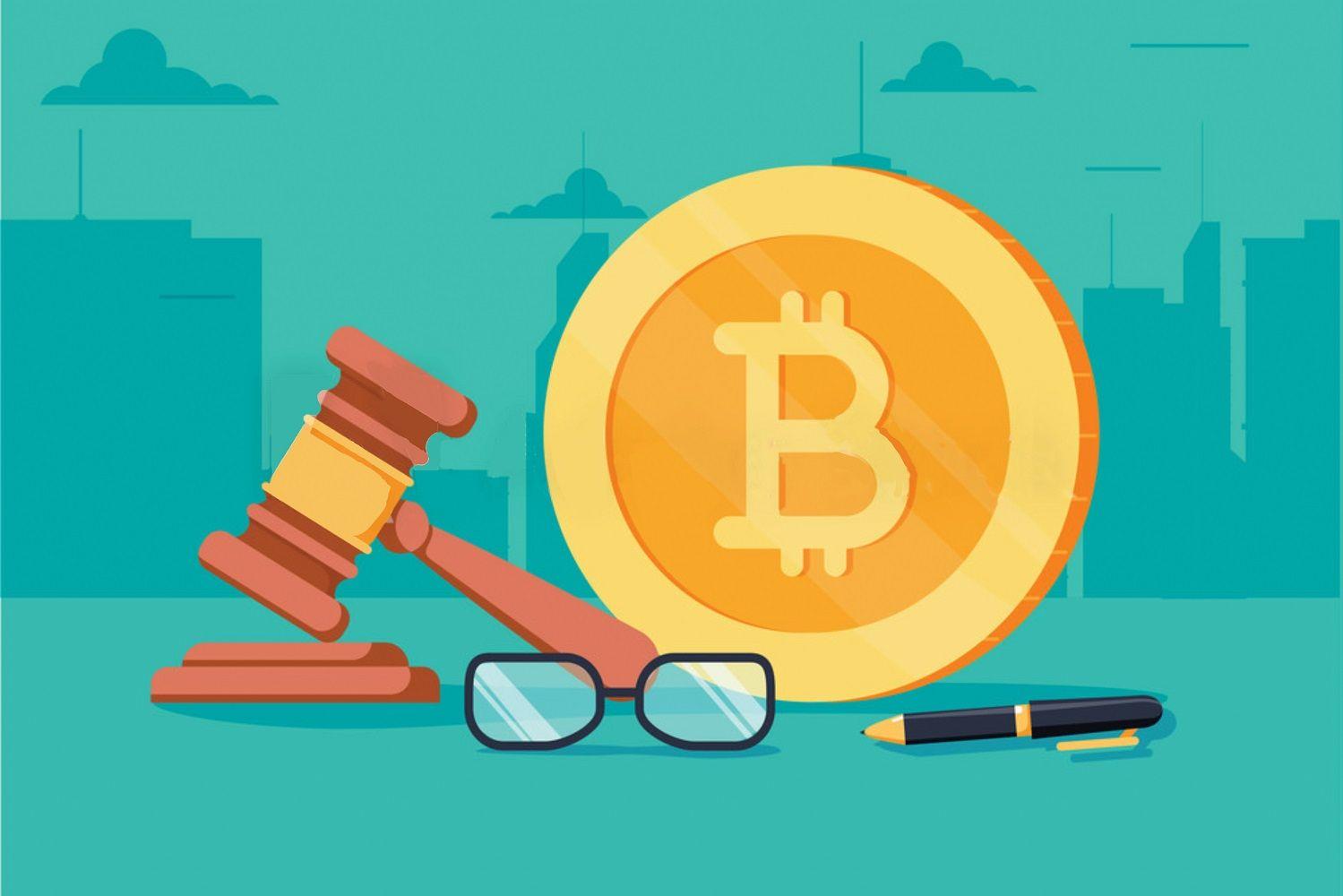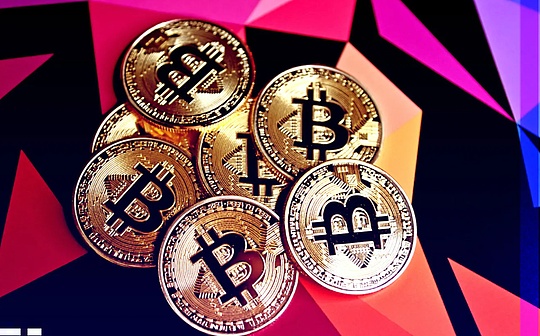Major global crypto regulatory events in 2024: The United States approves spot ETFs, European MiCA takes effect, and global regulatory friendliness upgrades

Reprinted from panewslab
12/24/2024·4M
Author: Weilin, PANews
2024 is a special and critical year for global blockchain regulation. The regulatory framework for the cryptocurrency industry has been initially improved, and crypto assets have been integrated into the mainstream financial system.
The approval of U.S. Bitcoin and Ethereum ETFs has promoted the mainstreaming of cryptocurrencies. At the same time, the new U.S. government led by Trump is about to take office, and the new Securities and Exchange Commission (SEC) Chairman Paul Atkins will take office, indicating that compared with the previous SEC's "enforcement-based supervision" model, U.S. regulators may adopt "enforcement-based supervision" in the future. "Regulation based on information disclosure", the establishment of the White House Director of Artificial Intelligence and Cryptocurrency Affairs for the first time, also heralds a friendlier, more flexible and innovative encryption regulatory policy.
In Europe, the stablecoin regulatory bill "Cryptoasset Market Regulation" (MiCA) has officially come into full effect, and encryption companies are accelerating stablecoin competition. In the Asia-Pacific, Hong Kong, China, approved Bitcoin and Ethereum spot ETFs in April, and the virtual asset exchange added four new members. In terms of stablecoins, Hong Kong has launched a stablecoin sandbox and a stablecoin bill.
In other parts of Asia, such as Vietnam, the government released a National Blockchain Development Strategy. In Russia, cryptocurrency mining regulations come into effect. Additionally, in the Middle East and North Africa and the Americas, the United Arab Emirates, Qatar, and Argentina have also demonstrated positive policy innovation in cryptocurrency regulation.
At the end of the year, PANews took stock of the important regulatory developments in the global encryption market. Under different regulatory systems in various places, the encryption market will take on a completely different look next year.
United States: BTC and ETH spot ETF approval and new government
regulatory expectations
On January 10, 2024, local time, the U.S. Securities and Exchange Commission (SEC) approved the spot Bitcoin exchange-traded fund (ETF), and then on May 23, local time, in a “180-degree” reversal, it approved Ethereum. ETF. On July 23, the U.S. Ethereum spot ETF was officially launched for trading. Two events mark an important milestone in the U.S. crypto investment scene. The Bitcoin ETF and Ethereum ETF provide a scalable bridge between traditional finance and cryptocurrencies, becoming critical integration points.
According to SoSoValue data, as of December 23, local time, the total net asset value of U.S. Bitcoin spot ETFs was US$105.08 billion, accounting for 5.7% of the market value of Bitcoin. The total net asset value of the U.S. Ethereum spot ETF is US$12.05 billion, accounting for 2.94% of the market value of Ethereum. The successful start of the approval of the two ETFs has made it possible to apply for more altcoin ETFs, such as Solana, Doge, and XRP ETF, further promoting the maturity of the crypto asset market.
During the year, two important bills regarding encryption regulation in the United States are also worthy of attention. On May 22, 2024, the U.S. House of Representatives approved the Financial Innovation and Technology for the 21st Century Act ( FIT21 ), which seeks to clearly define cryptocurrencies, classify specific cryptocurrencies to determine whether they are securities or commodities, and determine Which government agency (SEC or Commodity Futures Trading Commission or CFTC) will regulate it is still a work in progress.
In response to another regulation, SAB 121 , which was vetoed on June 1 by US President Joe Biden, the bill aimed at overturning the accounting standards for companies that host cryptocurrencies, which may also come with the new administration in the new year. Coming to power has brought about changes and also made it easier for more large companies to adopt cryptocurrencies.
After the US election, the new administration led by Trump is expected to launch a new encryption regulatory model. Trump, who supports cryptocurrency, has elected many politicians who support cryptocurrency to important positions when selecting candidates for the new administration. For example, on December 5, Trump officially nominated Paul Atkins as SEC Chairman. On December 6, Trump announced the appointment of David Sacks as White House Commissioner for Artificial Intelligence and Cryptocurrency Affairs, marking the first time this position has been established. On December 23, 29-year-old political newcomer Bo Hines was appointed executive director of the Trump Encryption Committee. On December 13, French Hill was elected chairman of the House Financial Services Committee. This series of appointments indicates that the United States may adopt more friendly policies in the field of encryption regulation in the future.
Europe: MiCA Act comes into effect and stablecoin competition intensifies
The European Union’s Crypto-Asset Market Regulation Act (MiCA)’s regulatory rules for stablecoin issuers came into effect on June 30 and will be fully implemented on December 30. MiCA is the EU's first complete regulatory framework for the encryption industry, and it especially sets out clear requirements for the supervision of stablecoins. While some crypto companies say they are not yet fully prepared, competition in the European stablecoin market is set to intensify amid increasingly stringent compliance requirements. For example, Tether, which has not obtained a license, has invested in Dutch company Quantoz and European stablecoin provider StablR.
In addition, the UK Financial Conduct Authority (FCA) has also stated that it hopes to launch a comprehensive regulatory system for cryptocurrencies by 2026. A study commissioned by the FCA showed that holdings of crypto assets have grown by 4% in the past two years, with approximately 7 million adults holding crypto assets in the country of approximately 68 million people.
On December 21, the German parliament passed the Digitalization of Financial Markets Act required to fully implement crypto MiCA.
Hong Kong: 4 new VATP licensees are added to promote the development of
stable coins
On October 31, 2022, Hong Kong officially released a virtual asset policy declaration. As of today, there are close to 1,000 Web3 companies in Hong Kong.
At the end of April this year, Hong Kong approved the trading of six virtual currency ETFs owned by ChinaAMC Hong Kong, Boshi International and Harvest International. Although transaction volumes need to be improved in the face of fierce competition from overseas similar products, they mark Hong Kong's key position in the global crypto regulatory system.
On July 18, the Hong Kong Monetary Authority announced the first batch of three "sandbox" participating institutions , including JD Coin Chain Technology, Yuanbi Innovation Technology, and joint applicants Standard Chartered Bank (Hong Kong) Animoca Brands Limited, Hong Kong Telecommunications (HKT), the three institutions can test the expected business model within the designated scope and communicate with the Hong Kong Monetary Authority on how to comply with the proposed stablecoin regulatory system in the future. Hong Kong’s Virtual Currency License (VATP) system further promotes the compliance development of crypto asset service providers. On December 18, Hong Kong VATP welcomed four new members , including OSL Exchange, HashKeyExchange and HKVAX, including Cloud Account Greater Bay Area Technology (Hong Kong), DFX Labs, Hong Kong Digital Asset Trading Group and Thousand Whales Technology.
On December 6, the Hong Kong government announced the Stablecoin Bill, a long-awaited legislative initiative that lays the foundation for comprehensive supervision of stablecoins (FRS) anchored to fiat currencies. In the future, under a legal and compliant regulatory framework, Hong Kong is likely to issue a stable currency that can be widely used in many scenarios such as investment, trade, and payment.
Rest of Asia Pacific: Further advancement of Web3 policy and sandbox
regulation
On November 27, Japan’s new Digital Minister Masaaki Taira announced at a forum that the country’s Prime Minister Shigeru Ishiba had restructured his party’s Web3 and encryption policy-making department to further promote the country’s development in the field of encryption and blockchain. policy innovation. The government stated that it has no intention to prevent the "promotion" of Web3-related businesses. The project team is the brainchild of former Prime Minister Fumio Kishida, who resigned as prime minister and leader of the Liberal Democratic Party earlier this year. Shigeru Ishiba has stated that he also supports policies that support Web3. Japan’s Liberal Democratic Party (LDP) is pushing for cryptocurrency tax reform. The proposed reforms include applying a separate 20% tax rate on profits from cryptocurrency trading and introducing a loss carryforward system. Currently, cryptocurrency profits in Japan are classified as miscellaneous income and are subject to a maximum tax rate of 55%.
In South Korea, on July 19, the country introduced a virtual asset user protection law aimed at enhancing investor protection and ensuring the future development of the market. But shortly after the new regulations were implemented, South Korea’s political situation became turbulent, and in the wake of martial law and plans to impeach the current president, the South Korean Congress decided to suspend all cryptocurrency-related regulatory discussions.
At the same time, countries such as Indonesia, Thailand and Vietnam are also strengthening supervision of the encryption market, especially launching sandbox frameworks to allow innovative projects to experiment in a loosely regulated environment. Specifically, the Indonesian Financial Supervisory Authority (OJK) launched a sandbox framework in June 2024. In August 2024, the Thai SEC introduced a digital asset sandbox, complementing its existing detailed licensing framework. Allows testing of key initiatives aligned with emerging market trends. The Vietnamese government announced the National Blockchain Development Strategy through its official website on October 22, aiming to make Vietnam a leading regional blockchain technology research, application and innovation center by 2030.
India’s unfriendly regulatory policies towards the crypto market are also being relaxed. In January this year, exchange apps such as Binance and Kraken were blocked by India’s financial intelligence agency for not complying with India’s anti-money laundering rules and were removed from the Indian Apple App Store. But in May this year, Binance, along with KuCoin, became the first offshore crypto-related entity to receive approval from India’s Financial Intelligence Unit (FIU), conditional on paying a fine after a hearing with the FIU.
Russia: Cryptocurrency mining regulations take effect and digital
currency tax adjustments
Russia brought comprehensive cryptocurrency mining regulations into effect on November 1, 2024, imposing strict energy caps, mandatory registration and regulatory requirements, bringing a clearer legal framework to the industry. The new regulations officially include cryptocurrency mining as a legal activity and set safety and operational standards for miners, while requiring digital financial asset transactions to be conducted on specific platforms. The regulations aim to balance the growth of Russia’s crypto industry, its energy needs and the control of illegal mining.
According to the new regulations, only registered companies and individual entrepreneurs can legally engage in crypto mining activities, while unregistered individual miners must not consume more than 6,000 kWh of electricity per month. Those who exceed the limit need to register as entrepreneurs to continue mining. In addition, Putin signed a new digital currency tax bill on November 29, which clearly treats digital currencies as property, is exempt from value-added tax, and provides tax-free treatment for cross-border settlements. Despite this, mining service providers are still required to report user information to tax authorities, and those who fail to report on time will face fines.
On December 4, Putin stated at the Russia Calling Investment Forum that the development of digital payment tools such as Bitcoin cannot be banned, emphasizing that the future of these new technologies will continue to move forward.
Middle East and North Africa: Rapid Growth of the Cryptocurrency Market
In the Middle East and North Africa, the UAE’s cryptocurrency ecosystem is growing rapidly, driven by regulatory innovation, institutional interest, and expanded market activity. The Dubai Virtual Asset Regulatory Authority (VARA), established in 2022, provides the world’s leading regulatory framework for the crypto industry and promotes its further development. Currently, 23 platforms have obtained VARA licenses, and 13 new platforms have been newly issued this year, including Binance, Bybit, OKX, Derbit, etc.
Saudi Arabia continues to have the fastest-growing cryptocurrency economy in the Middle East and North Africa, with total on-chain value increasing by 154% compared to last year, according to a Chainalysis report. This rapid growth is driven by the country’s continued development in areas such as blockchain innovation, central bank digital currency (CBDC), gaming industry and financial technology.
Following closely behind is Qatar, becoming the second fastest growing cryptocurrency market in terms of on-chain value in the region. The Qatari government once banned the trading of crypto assets, but regulatory policies are currently being improved . Qatar Financial Center (QFC) launched a new digital asset regulatory framework in September this year, including the definition of digital assets, market access and compliance requirements, technical standards and security guarantees, consumer protection and education, international cooperation and Standardizing these five aspects lays the legal and regulatory foundation for the development of digital assets.
South Africa: The most friendly attitude among African countries, with
248 licenses issued
Among African countries, South Africa is one of the most crypto-friendly. The South African Reserve Bank (SARB) has not explicitly banned the use of cryptocurrencies.
As of December 16, 2024, the South African Financial Sector Conduct Authority (FSCA) has issued 248 licenses out of 420 crypto asset service provider (CASP) license applications received. According to a local report, 56 applications are still under review, while nine applications have been rejected. In addition, the report pointed out that 106 institutions withdrew their applications after the FSCA questioned the business models of some companies.
Americas: National Policy Innovation for Cryptocurrency
In the Americas, Argentina is making a big push to popularize cryptocurrencies. On October 22, Argentina’s securities regulator (CNV) announced a public consultation on a draft that aims to regulate the operations of virtual asset service providers (VASPs) in the country and impose new compliance requirements on these institutions. At the same time, Argentina’s securities regulator announced that it would allow foreign investment products related to multiple crypto ETF opportunities to enter the market. President Milai plans to implement a free currency circulation policy in 2025, allowing Argentines to choose any currency, including Bitcoin, for transactions, providing new opportunities for economic diversification.
Brazil has established friendly regulations, has huge potential to develop RWA (Real World Assets), a diverse and vibrant community, and has a CBDC (called DREX) in the pilot phase.
In El Salvador, Bitcoin is legal tender and the government encourages adoption and incentivizes cryptocurrency tourism. On December 11, El Salvador and Argentinian regulators signed an agreement to help the two countries develop the encryption industry.
Conclusion:
Overall, the 2024 bull run is undoubtedly a critical year for the global cryptocurrency and blockchain industry in terms of compliance. Although crypto companies and practitioners still face certain uncertainties and challenges under the evolving regulatory framework, the overall situation is improving, and cryptocurrencies are moving towards mainstream financial system and mass adoption. Looking forward to 2025, how to balance supervision and innovation, and strengthen coordination and communication between industry and supervision will become the key to the future development of the encryption industry.



 jinse
jinse